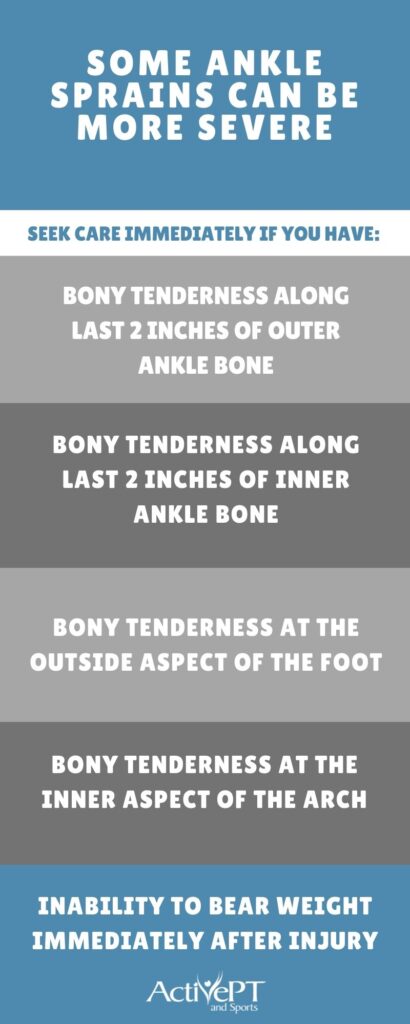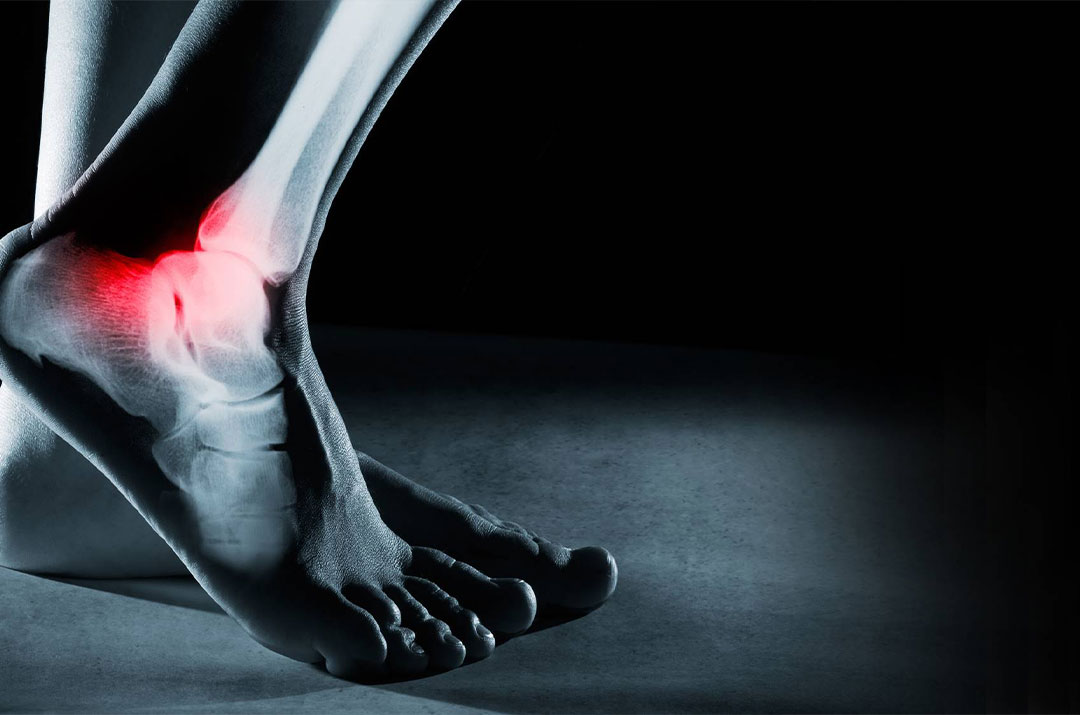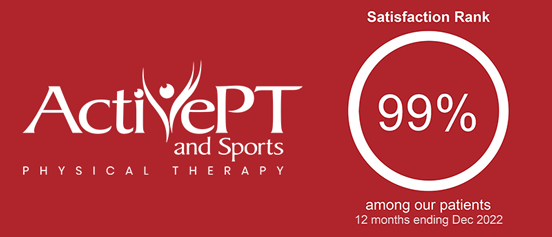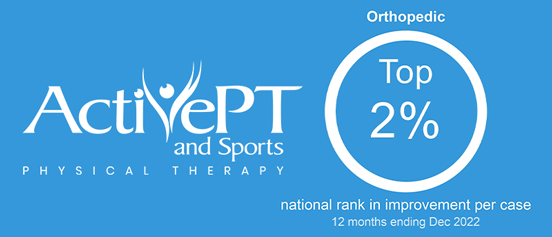Ankle sprains are among the most common injuries for athletes who cut, pivot, or run. Often referred to as “rolling an ankle,” an inversion ankle sprain occurs when your ankle ligaments don’t adequately support your joint and your foot turns inward. Athletes frequently experience this injury when they land on an uneven surface. A classic example is landing on another player’s foot or stepping off a curb while running. Learning to identify the severity of your ankle sprain can help you get back in the action as quickly as possible.
HOW BAD IS MY ANKLE SPRAIN?

Rolling an ankle is a scary moment for any athlete. The ligaments that protect the ankle joint are stretched too far and may even tear. Ligaments are important connective tissues that stabilize the ankle and provide stability to your ankle joint. In an inversion ankle sprain, the anterior talofibular ligament (ATFL), posterior talofibular ligament (PTFL), and the calcaneofibular ligament (CFL) may be sprained.
The environment, demand of your sport, and natural ankle instability all increase your risk of experiencing an ankle sprain. Having a history of a prior ankle sprain puts you at a greater risk of experiencing another in the future.
Understanding the severity of your ankle sprain can help you understand how fast it will heal. Healing time often translates to how fast you can get back a competitive level of activity. There are three grades of inversion ankle sprains:
- Grade I – Minimal swelling and tenderness, no laxity when ligaments are tested, and no limp when walking (recovery is typically 2-10 days)
- Grade II – Moderate swelling and tenderness, mild to moderate ligament laxity, difficulty with walking, jumping, and/or running (recovery is typically 10-30 days)
- Grade III – Significant swelling, bruising, and tenderness, significant ligament laxity, joint instability, likely unable to bear weight initially (recover 30-90 days)
A high ankle sprain is a completely different type of sprain, but worth mentioning. In this case, the connecting structure located between the two lower leg bones is sprained. This area is located just above the ankle. Recovery from this type of ankle sprain varies greatly but is often much longer than an inversion ankle sprain.
P.R.I.C.E. WHEN THE INJURY OCCURS
Minor ankle sprains can resolve on their own with use of the PRICE model. Protect, Rest, Ice, Compress, and Elevate. Moderate to severe sprains may require more attention. It is best to see a physical therapist early to start the appropriate treatment. Seeking treatment early improves recovery time. Your physical therapist can help you understand when to safely return to your sport. Getting treatment early may also help reduce your risk of the injury becoming a chronic (long-lasting) issue.
Early treatment for an ankle sprain may also require taping, splinting, or use of a brace. Treatment typically focuses on pain relief, swelling management, restoring your ankle mobility, gait training, and strengthening. Late-stage recovery includes strengthening exercises, balance training, and endurance activities. The final stage of recovery includes plyometric exercises, sport-specific training drills, and learning how to prevent re-injury. Including balance, lower extremity strengthening, and plyometric exercises in your weekly workout routine to help reduce your risk of an ankle sprain.
ITS NEVER TOO LATE TO SEEK HELP
While having your ankle sprain checked early is important, it’s never too late to seek help. Schedule a free 15-minute screening appointment to have your ankle checked and your questions answered. Be sure to let us know if you have a new injury or an important event in the near future as we can often evaluate injuries the same day.
Garrison completed his Doctorate in Physical Therapy at the University of Wisconsin La-Crosse. Prior to his graduate studies he earned his B.S. in Exercise Sports Science from UWL where he played for the club soccer team. Garrison became certified as a Strength and Conditioning Specialist in 2016 and is also a RRCA certified running coach.




